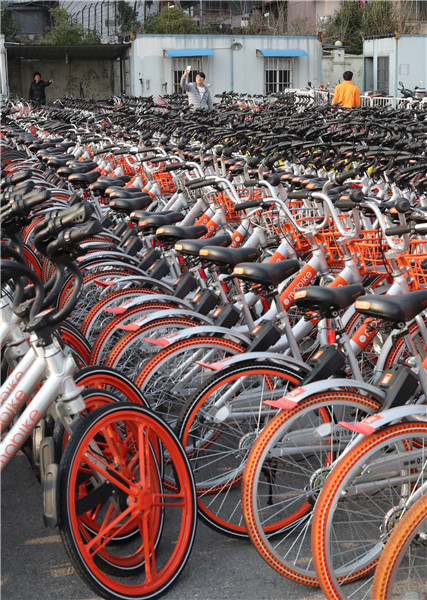White Paper on the future of Europe (sic- they mean EU)
The EU this week issued a White Paper on its future. As many of us argued before the referendum, and as the EU’s 5 Presidents Report argued, the Commission sees the future of the EU as one of far more integration. This new White Paper complements the 5 Presidents Report which I explained at the time of its first publication, and goes beyond it. The Paper starts by reciting favourably the Spinelli/Rossi vision of a united Europe in their “Il Manifesto di Ventotene” published at the end of the 2nd World War.
As the authors of the White Paper say, “The Lisbon Treaty and the decade long debate that preceded it, has opened a new chapter of European integration that still holds unfulfilled potential.”
It is true that this latest White Paper does contain five possible pathways forward for the EU, including one which envisages less integration than they currently enjoy. The Paper also makes clear that the Commission thinks that a bad option. They seem to strongly favour the fifth option, the one that entails “doing more together across all policy areas”. The President of the Commission in his foreword urges the EU to be radical and to opt for much more integration.
Option 2 is the only option that allows less EU control. It is based on doing nothing but the single market, fairly widely defined. The Paper raises the possibility of more border controls and some limitations on freedom of movement under this scenario which they dislike.
Option 1, the carrying on option, envisages slower and piecemeal progress to more integration, highlighting possible advances on more integrated border and asylum policies, more EU defence and some stronger controls over the Euro and economic policy. Again, this is not a favoured proposal.
Option 3, coalitions of the willing to drive ahead much more integration in various areas, and Option 4, doing less more efficiently by targeting areas like counter terrorism for more common action, are also not preferred. Option 4 does not seem to involve scrapping areas of competence in any meaningful way and still entails more integration in selected areas.
The proposal the EU wants its members to sign up to is Option 5, “Doing more together across all policy areas”. They envisage the EU having just one seat on each international body, with a common foreign policy on all main issues. They will make defence a priority for more integration. They will lead the global fight against climate change, and have the largest world overseas aid budget. They will turn the European Stability Mechanism into the European Monetary Fund and get it to raise money to finance investment programmes. The Euro area will need more controls and a fiscal stability function, entailing more EU involvement in taxation and doubtless more “own resource” EU tax revenue.
I welcome their launch of this important debate. The 60th birthday of the EU is a fitting moment for its remaining members to take stock and ask themselves what next. The document reminds us just how central the Euro is to the whole project, and how much more they need to do to back their currency and tackle the high unemployment they have in many parts of its area. The UK being out will make it easier for them to use their institution in the way many of them wish to. A successful single currency needs a powerful central government with tax raising powers to stand behind it. As the 5 Presidents Report made clear, a single currency needs a Euro Treasury.

